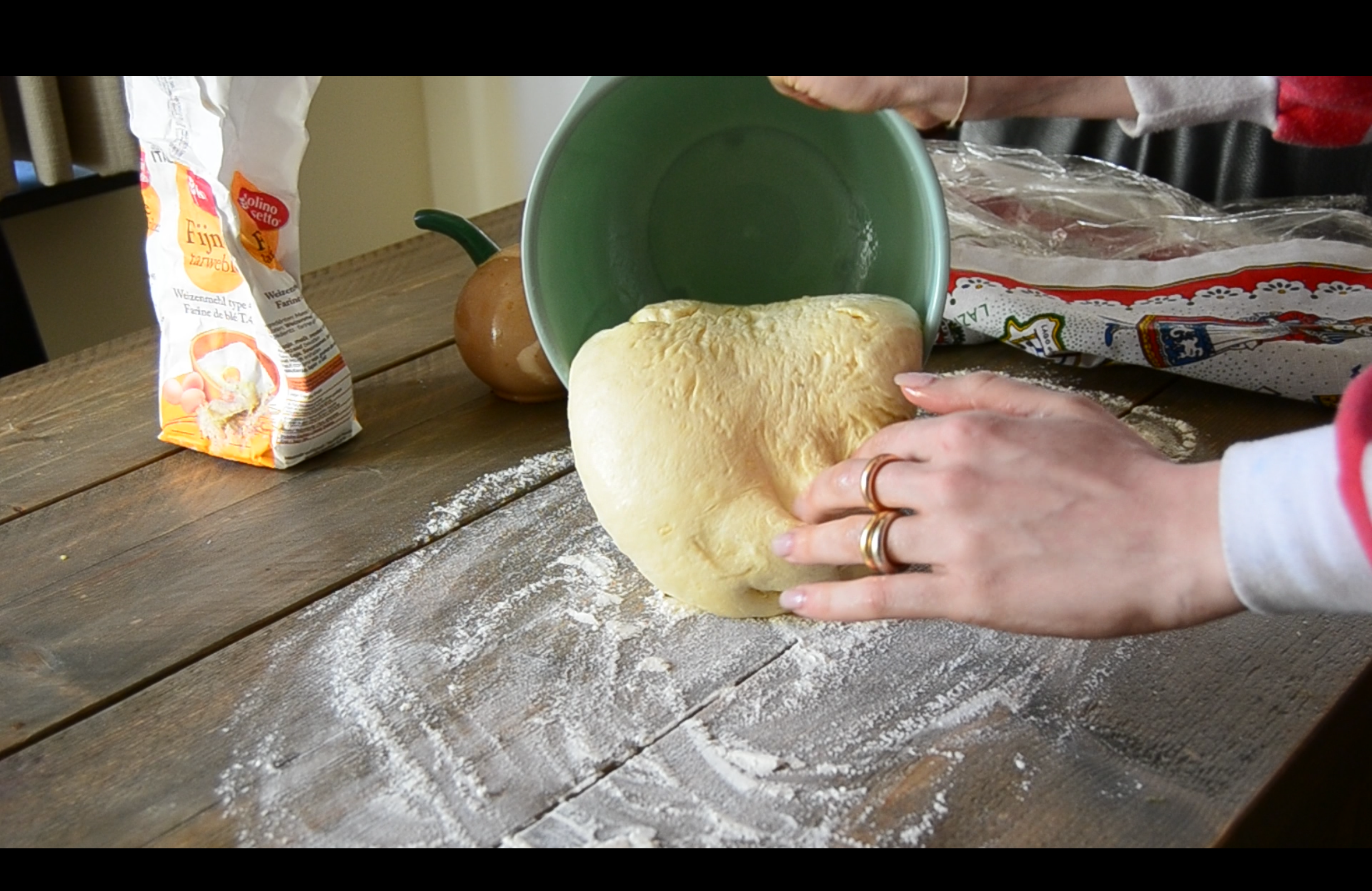Ritual bread making based on Abruzzese tradition around Easter and the spring festival has become an important corner stone of my practice.
Below, several years of experimentation.
Below, several years of experimentation.
Ritual Breads
by Marta Pagliuca Pelacani
April 2022 - Pupa e Cavallo (Amsterdam, NL)
April 2023 - Home 2, (Pescara IT)
April 2024 - Decolonizing Architecture Art Studies Cookie Workshop (Diso, IT)
April 2025 - Pupa Rinata (Cork, Ireland)
by Marta Pagliuca Pelacani
April 2022 - Pupa e Cavallo (Amsterdam, NL)
April 2023 - Home 2, (Pescara IT)
April 2024 - Decolonizing Architecture Art Studies Cookie Workshop (Diso, IT)
April 2025 - Pupa Rinata (Cork, Ireland)





April 2023 - Home 2 (Pescara, IT) [2 from Top]
April 2024 - DAAS Participants’ Cookies [2 & 3 from Top]
April 2025 - Pupa Rinata (Cork, Ireland) [4 from Top]
The Pupa (doll) and Cavallo (horse) are traditional easter cookies of Abruzzo (IT). They originate from engagement rituals in the region, where the family of the bride would offer a cookie shaped like a horse to that of the groom, symbolising hard work and loyalty.
In return, the would receive a doll, a cookie shaped like a stereotypical woman from Abruzzo: an hourglass shaped figure with dark long hair, to symbolise fertility and beauty. Under catholicism, the ancient tradition was redirected from a way of sancitioning primary social bonds between families (which became the dominion of the catholic church as an institution) to an ‘extra’ tradition falling underneath Easter.
In 2022, I began baking these cookies at home replacing the image of a traditional Abruzzese woman with my own. In 2023, I replaced the horse with symbols that represent loyalty and steadfastness to me, such as the home in which my family worked as unwaged sharecroppers for generations. In 2024, I shared this practice with others. In 2025, I cast a spell for myself: may I keep finding herbs and stories to put in my basket. This research path is ongoing, and evolves every easter into new shapes.







April 2023 - Ricetta della Focaccia dell’Amore e della Gioia (Recipe of the Focaccia of Love and Joy). Lecture-performance with video and focaccia.
Dabbling in the craft of recipe writing in order to conjure magic and digest research, the performance dwells on the difficulty of disentangling sharecropping from other forms of peasant heritage. Researching conceptions of ‘commons’ in the Italian South, phenomena such as the 11th and 13th century ‘monti dei semi’ spring forth. Later, they will give way to the modern banking system which includes, among others, banking institutions such as the Italian ‘Monte dei Paschi’. In discussing how these banks funded by surplus wealth produced by commons became the owners of archives and ethnographic collections, the lecture wonders (together with Stuart Hall): whose heritage?

Working on Silvia Federici’s conception of autonomous powers as laid out in Re-enchanting the World: Feminism and the Politics of Commons (2018), I have been diving deeper into herbology and the foraging for herbs as claims to epistemic autonomy. Working with local herbs such as wild garlic, I explore the magical undertones of Abruzzo’s tradition of baking raw eggs inside bread during Easter. As Mircea Eliade explains in Images and Symbols (1952), the egg represents resurrection not as a birth, but as a return, the repetition of a cycle. The three eggs of the Corona carry within them a spell of return that opens up forgotten memories haunting us in the present.
